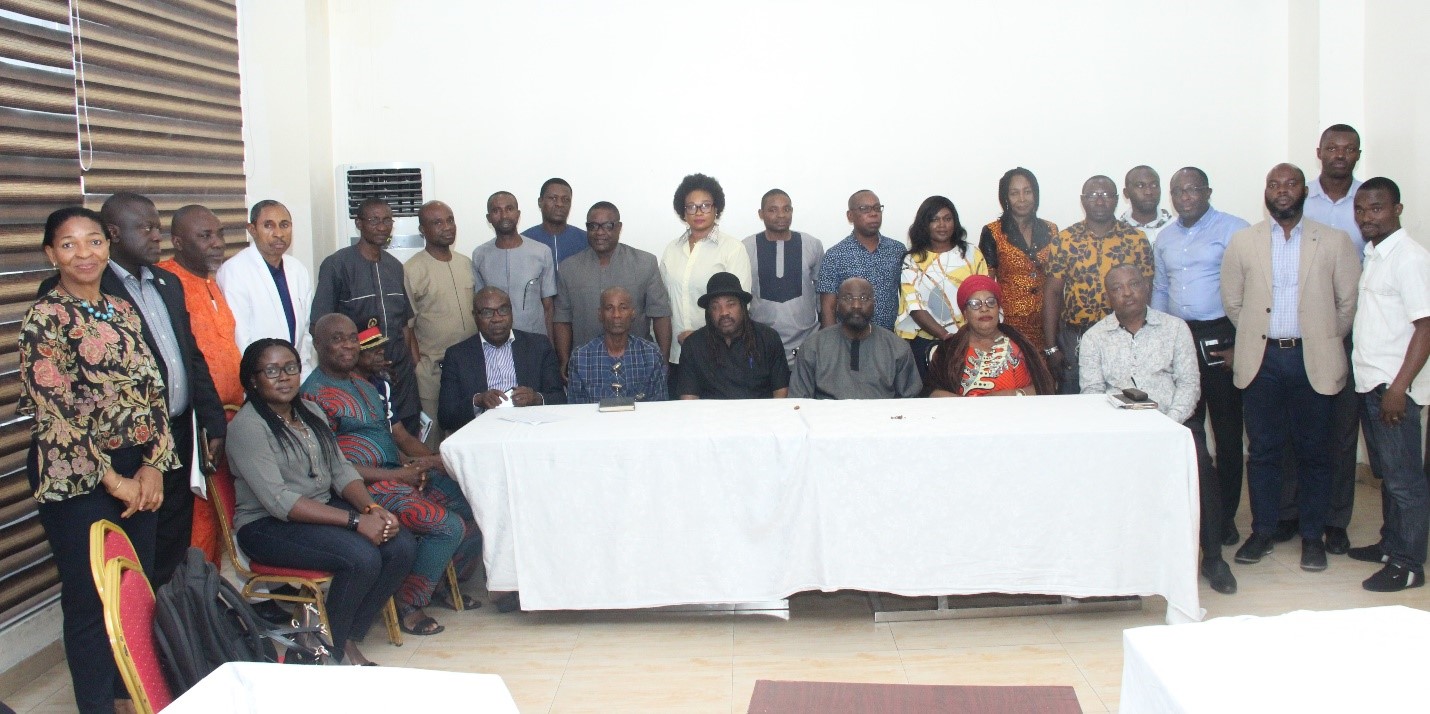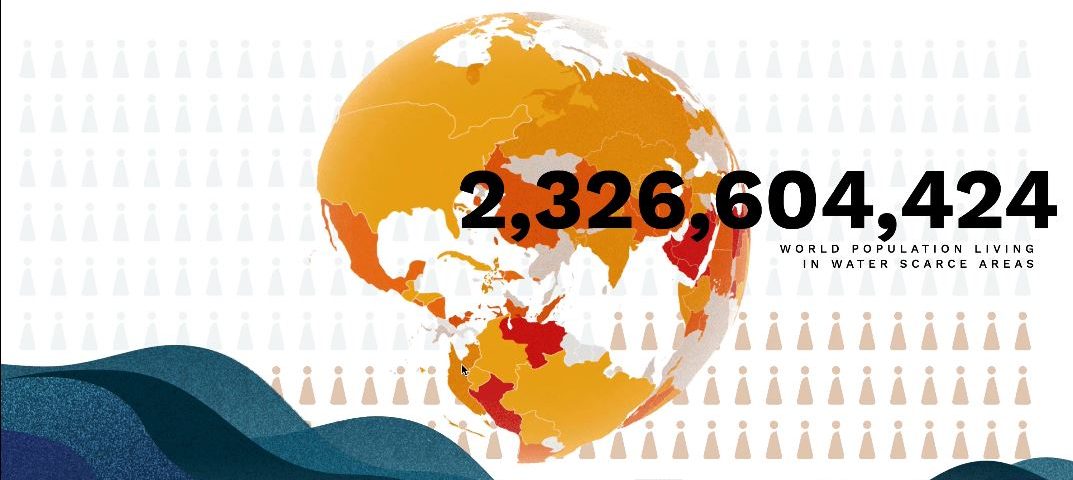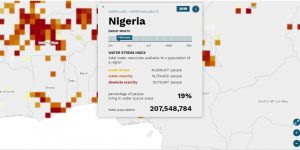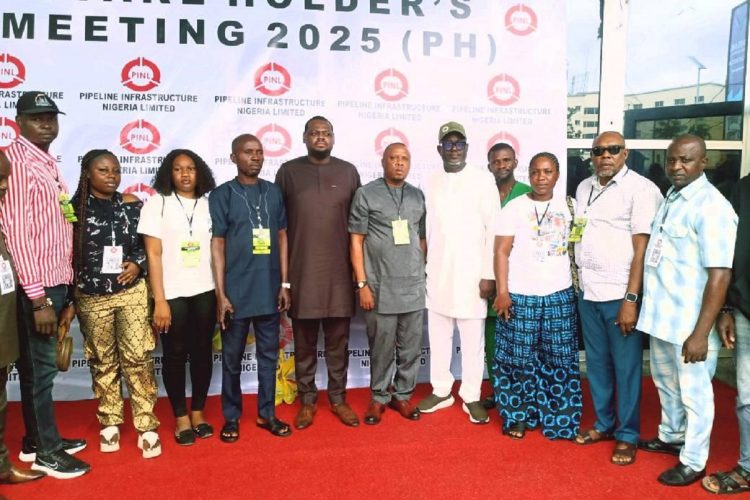
BMI conducts a Security Plenary Meeting
September 11, 2019
Shola Lawal: The Future of News
September 11, 2019
World Data Lab is proud to announce the launch of the Water Scarcity Clock. The free web tool will allow decision-makers from all over the world to see in real-time the number of people suffering from water scarcity worldwide. The Water Scarcity Clock also gives users the ability to interactively explore water availability in affected parts of the world from 2000 to 2030. Users will be able to see which shares of the population live in areas with a water availability of less than 500 m3, 1,000 m3, and 1,700 m3 per person. According to the Falkenmark Water Stress Indicator, a country or region is said to experience water stress when annual water supplies drop below 1,700 m3 per person per year. At levels between 1,000-1,700 m3, periodic or limited water shortages can be expected. When water supplies drop below 1,000 m3, the country faces water scarcity.
The Water Scarcity Clock was developed in cooperation with the Deutsche Gesellschaft für Internationale Zusammenarbeit (GIZ) and the International Institute for Applied Systems Analysis (IIASA) to provide granular and actionable information on water scarcity so that the world can fulfill SDG 6 of the United Nations Sustainable Development Goals (ensure availability and sustainable management of water and sanitation for all). More specifically, the Water Scarcity Clock addresses target 6.4
“By 2030, substantially increase water-use efficiency across all sectors and ensure sustainable withdrawals and supply of freshwater to address water scarcity and substantially reduce the number of people suffering from water scarcity.” (SDG 6.4 target)
In Nigeria…
According to the Clock, in Nigeria about 40.9 million experience stress in searching for water. More than 19.7 million people experience scarcity while 18.7 million experience absolute scarcity.
What is water scarcity?
Water is a scarce resource and the demand for it continues to grow. Increasing water scarcity is affecting global ecosystems, human health, and food security. Although food security has significantly increased in the past few decades, agricultural water use in some regions is not sustainable. When combined with increasing spatial and temporal variations of water availability, these factors may lead to a crisis.
There are many different reasons for water scarcity. Water could be scarce due to a physical shortage (physical water scarcity), or it could be scarce because of institutional failures or the lack of adequate infrastructure to ensure a regular supply, even in places where water is abundant (economic water scarcity). Globally, water use has grown at more than twice the rate of population growth, and it is still increasing in all sectors. Over 2.3 billion people live in countries experiencing high water stress today, many of them in the MENA region. According to the Water Scarcity Clock, this is expected to increase to over 2.7 billion by the end of the next decade.
Methodology
The model for the Water Scarcity Clock is based on water data from 0.5 x 0.5 degree sized grids. Each grid contains the population and overall water availability for that area. Based on this data, the average water availability is calculated per capita per grid. The grids are then added together to calculate the water availability for an entire country.
The water data is based on 3 Global Hydrological and 5 General Circulation models which are combined together, producing the best estimate of current and future water availability around the world to date. Please note that while the Water Scarcity Clock forecasts are based on the latest data available, they are subject to substantial uncertainties.










